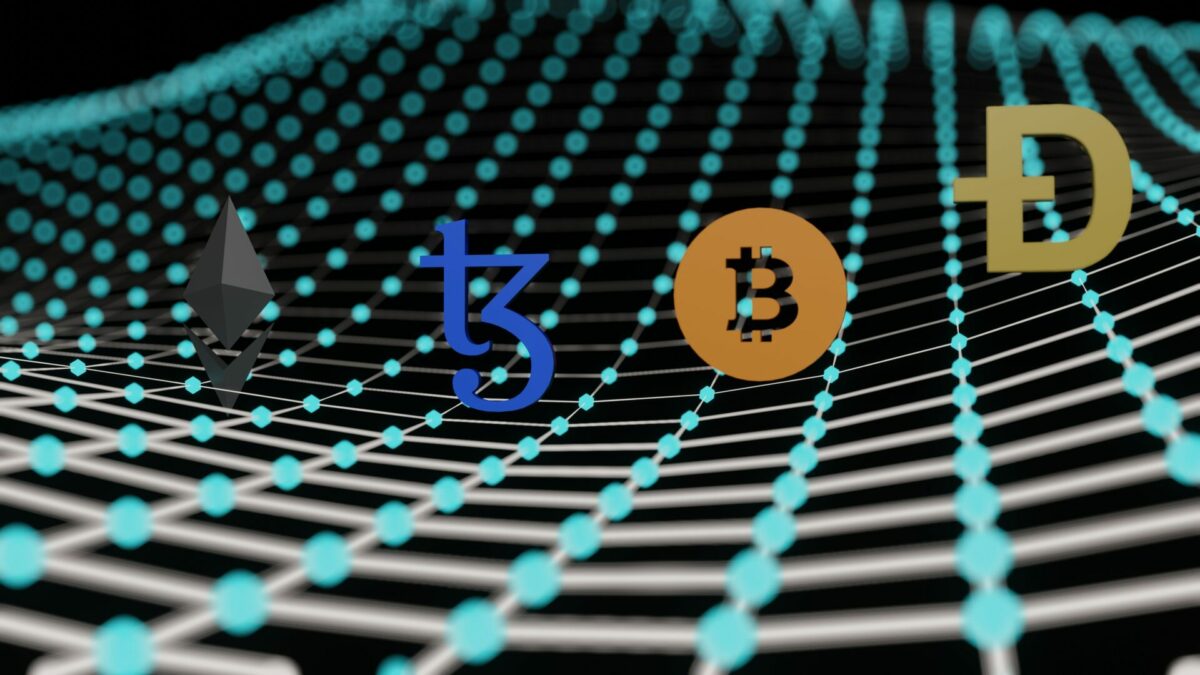Strategy and management firm Arthur D. Little said in its latest report that India’s Metaverse and Web3 Market is expected to grow at an annual growth rate of around 40 percent and can become a $200 billion industry by 2035.
Table of Contents
Introduction:
Metaverse and Web3 technologies promise to revolutionize the way we interact, exchange, and experience the digital world. According to a recent report, India has the potential to unlock a $200 billion opportunity through this new technology led by retail and financial services.
Metaverse and the Rise of the Web3:
Metaverse is a connected sandbox where users can interact in real time with a computer-generated environment and other users.
Web3, on the other hand, refers to the third-generation internet that is decentralized, user-centered, and built on blockchain technology.
Both Metaverse and Web3 enable digital communication, increase security, and increase control over personal information. As these technologies gain ground globally, India is particularly benefiting in retail and financial services.

$200 Billion Retail and Financial Opportunity:
A recent report “Web3 & Metaverse – The Rise of the New Internet & the India Opportunity” estimates that India could unlock a $200 Billion retail and Financial opportunity by leveraging the potential of Metaverse and Web3. The retail industry is poised to witness a major shift as virtual stores and personalized shopping experiences become the norm. By showing the lines of physical and digital stores, customers will be able to browse products, try on virtual clothes and shop in a virtual environment.
Based on an in-depth analysis of Web3 and Metaverse technologies, the report provides insight into their respective uses and their impact on the growing space. It shows how both will play an important role in creating the next generation of the internet and enable the next wave of digital adoption in the Indian economy. The Web3 and India’a Metaverse market is expected to grow by around 40% annually. Web3 technology in financial services will transform jobs, payments, and investments.
Decentralized financial (DeFi) platforms will reduce costs and increase accessibility by enabling people to access a number of financial services without intermediaries. Smart contracts on the blockchain will promote trust and efficiency by simplifying processes such as lending, insurance, and asset management.

Reasons for India’s Metaverse Success:
Various factors have contributed to India’s success in using Metaverse and Web3 technologies. First, India has a large and digitally savvy population that provides a strong user base for the technology. Also, the Indian government has actively supported digital initiatives such as the Digital India initiative, which has created a strong digital economy.
Also, India has a growing tech startup ecosystem that can drive innovation in the Metaverse and Web3 space. The country is home to talented developers, entrepreneurs, and professionals who can create experiences and new solutions.
Furthermore, the report highlights the importance of collaboration between academia, industry, and policymakers to support the necessary ecosystem for the development of Metaverse and Web3 technologies in India. Investments in research, development, and education are necessary to ensure the adoption and use of these technologies in many industries.
Similar to the rapid development of artificial intelligence and the concerns surrounding it, Metaverse has also sparked great controversy over user control, privacy, and security. According to the report, it is evident that necessary measures must be taken to protect the interests of all stakeholders so that India can prove its adoption.
Conclusion:
As the world embraces the Metaverse and Web3, India has a golden opportunity to take advantage of these changing technologies. With retail and financial services, India’s Metaverse could open up a $200 billion market and become a global leader in the Metaverse and Web3 revolution. By fostering innovation and strengthening cooperation, India can build a more connected, productive, and inclusive future.













